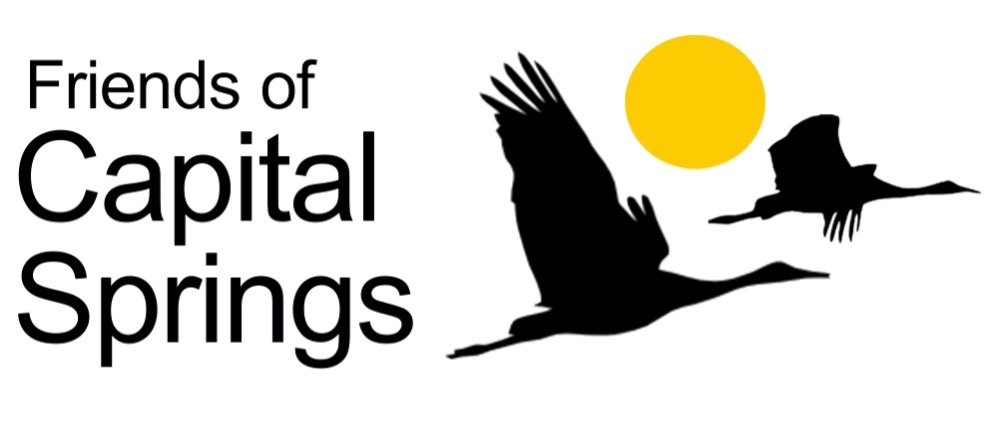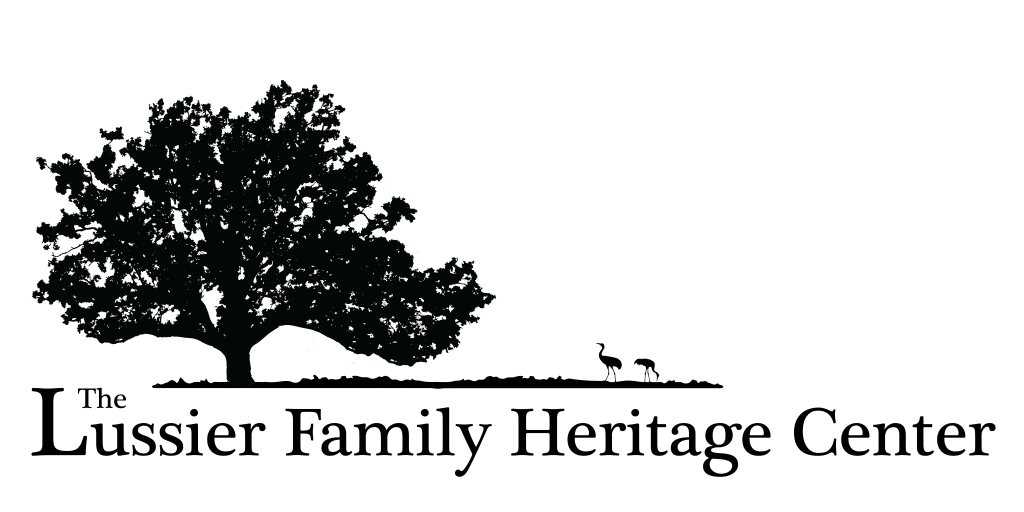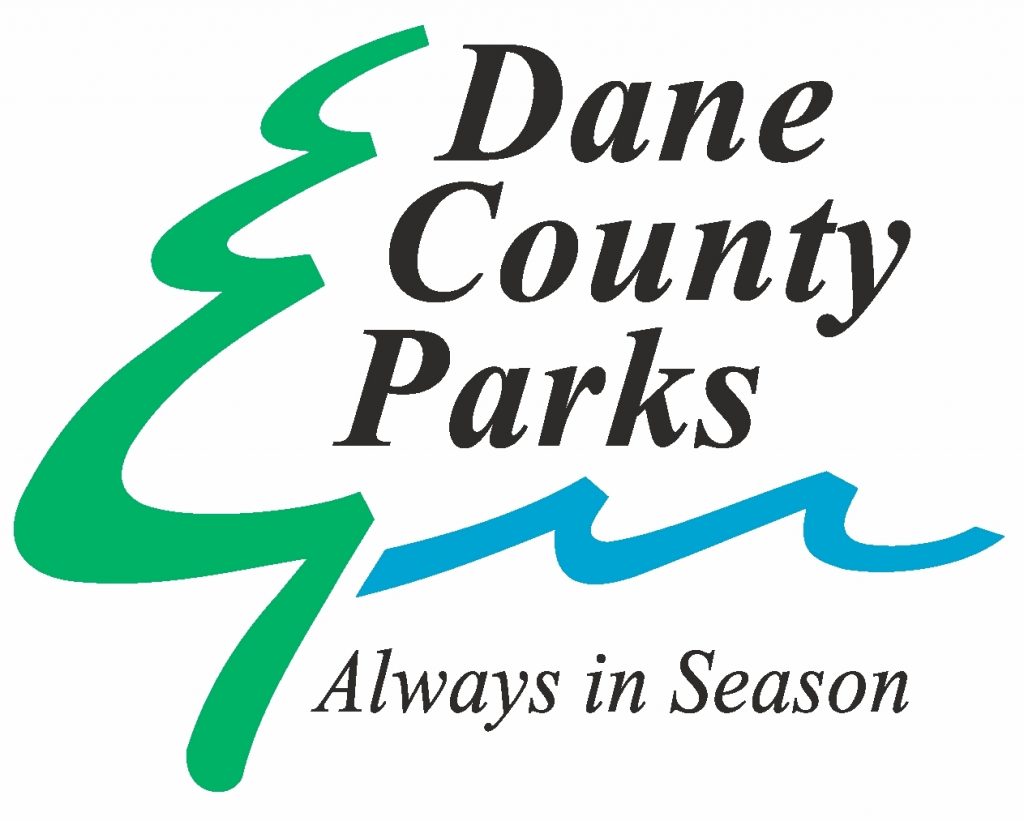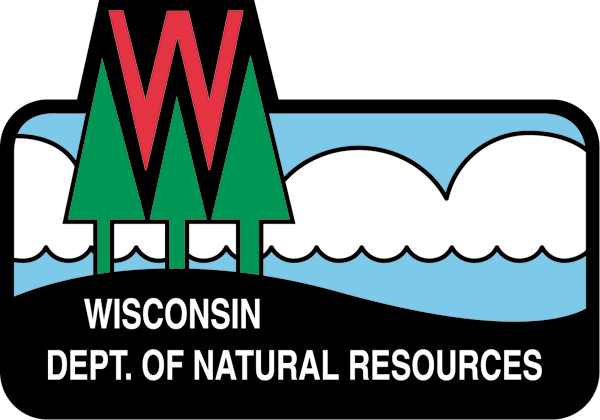Sustainably supporting biodiversity and recreation
The District not only helps the environment by recycling water and recovering valuable resources, our lagoons provide an excellent resting and feeding opportunity for a wide variety of birds and other wildlife. A 140-acre unit of the Capital Springs State Park and Recreation Area, our Wildlife Observation Area is a birdwatcher’s delight. More than 250 bird and waterfowl species use the area to rest, feed and breed.
Located just east of the Nine Springs Wastewater Treatment Plant, the Wildlife Observation Area features three miles of trails that wind around ponds and wetlands. There is also a wooden boardwalk to an observation platform that provides access for all ages and abilities.
Accessing the area
To access the Wildlife Observation Area, park at the Lewis Nine Springs E-Way Trailhead. Boardwalk access is directly across Moorland Road. To access the lagoons trailhead, follow the paved path northwest about a quarter mile. Please beware of bicycles on the paved trail. Also, please refrain from bringing pets on the paths and boardwalk to protect this fragile habitat.

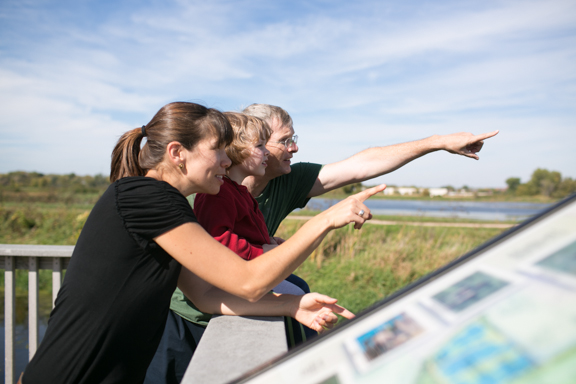
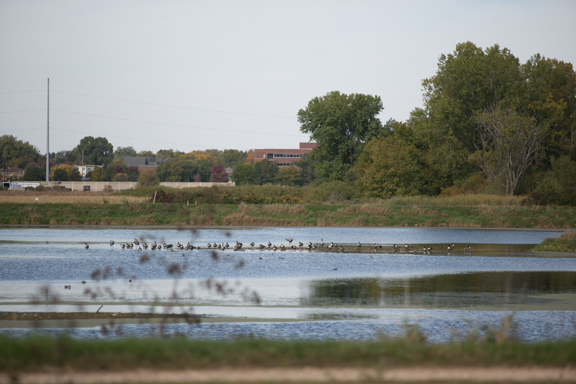
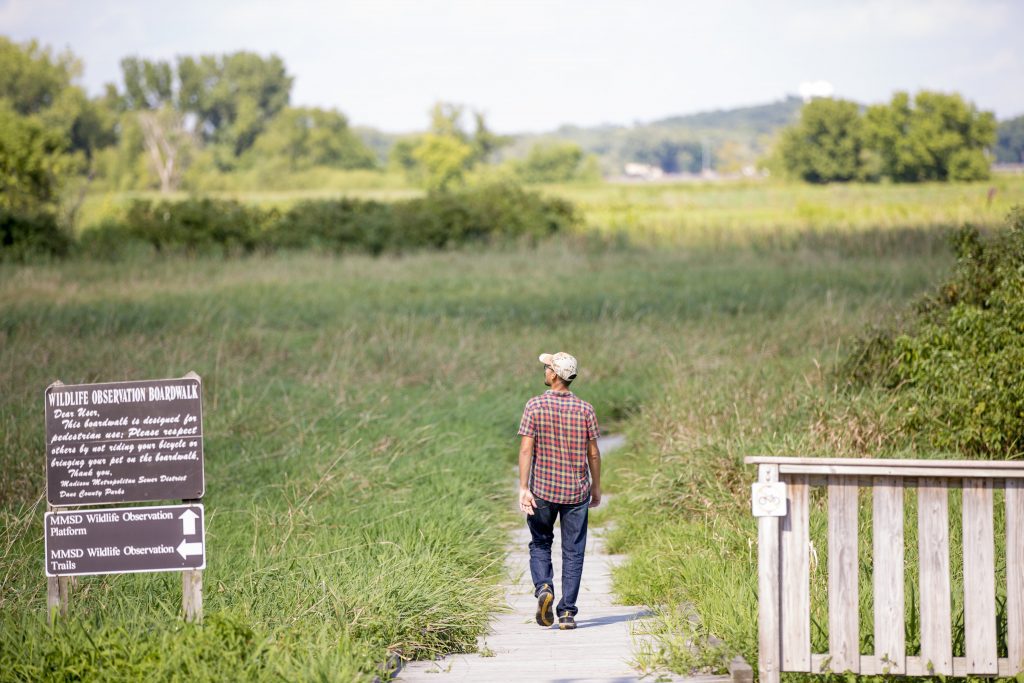
History of the area
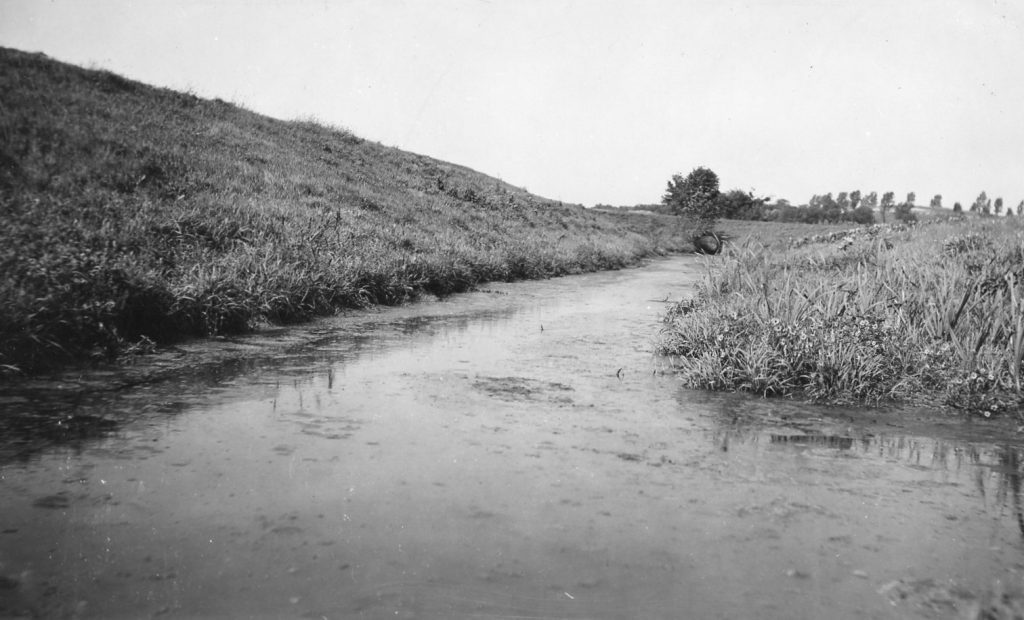
Until the early 1980s, the area served as a storage lagoon for biosolids produced at the Nine Springs Wastewater Treatment Plant. The lagoons were decommissioned in 1994 and reconstructed between 1999 and 2001 to provide habitat and recreation while helping the District treat high volumes of water.
The District currently manages water levels to attract different species of shoreline, marsh, and water birds. We are committed to public health and environmental protection, and these lagoons demonstrate the depth of that commitment.
A habitat for biodiversity
Over 250 bird species have been identified in this area. It is also home to various wildlife, insects, amphibians, reptiles, turtles, frogs and bats. Some examples of what you might spy at the Wildlife Observation Area and greater Capital Springs area include:
- American Beaver
- Northern Shovelers
- Green Heron
- Pectoral Sandpiper
- Common Merganser
- Semipalmated Plover
- Yellowlegs
- Marsh Wren
- Spiny Softshell Turtle
- Black Tern
- Muskrat
- Red Fox
- Badger
- Halloween Pennant
- Northern Leopard Frog
Local partners in protecting wetlands
These organizations and agencies are valuable neighbors and partners in supporting the District’s Wildlife Observation Area.







